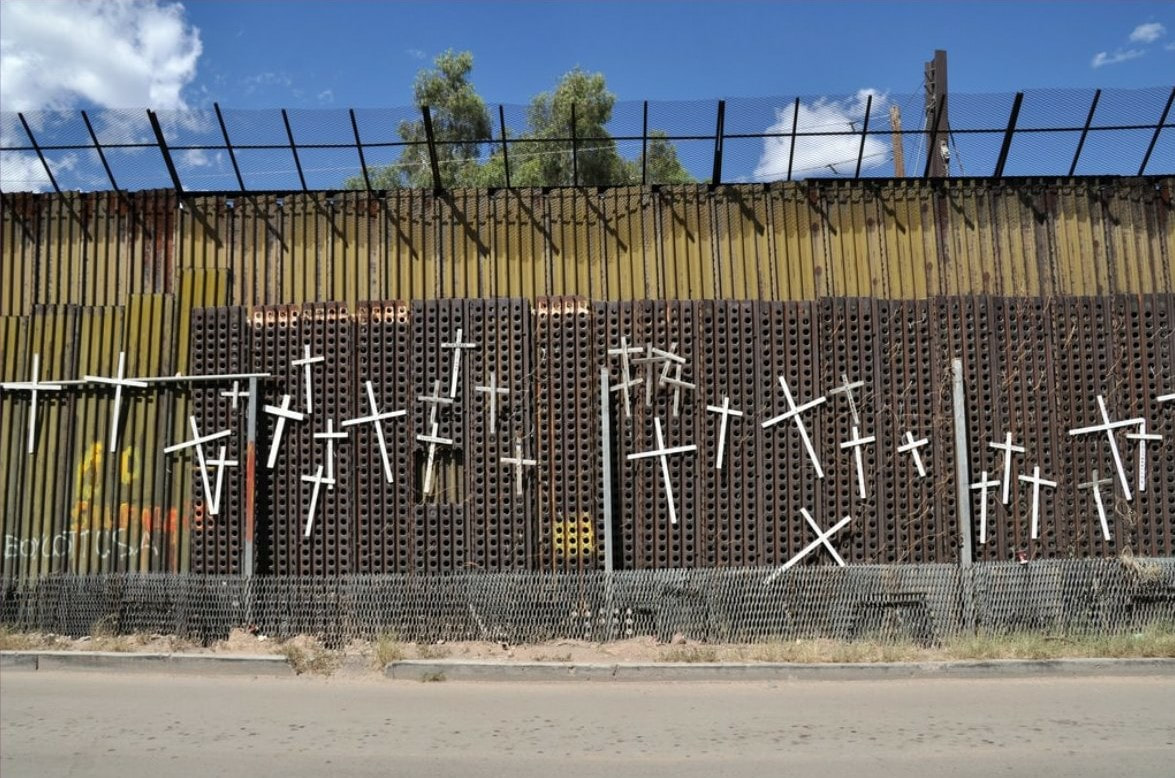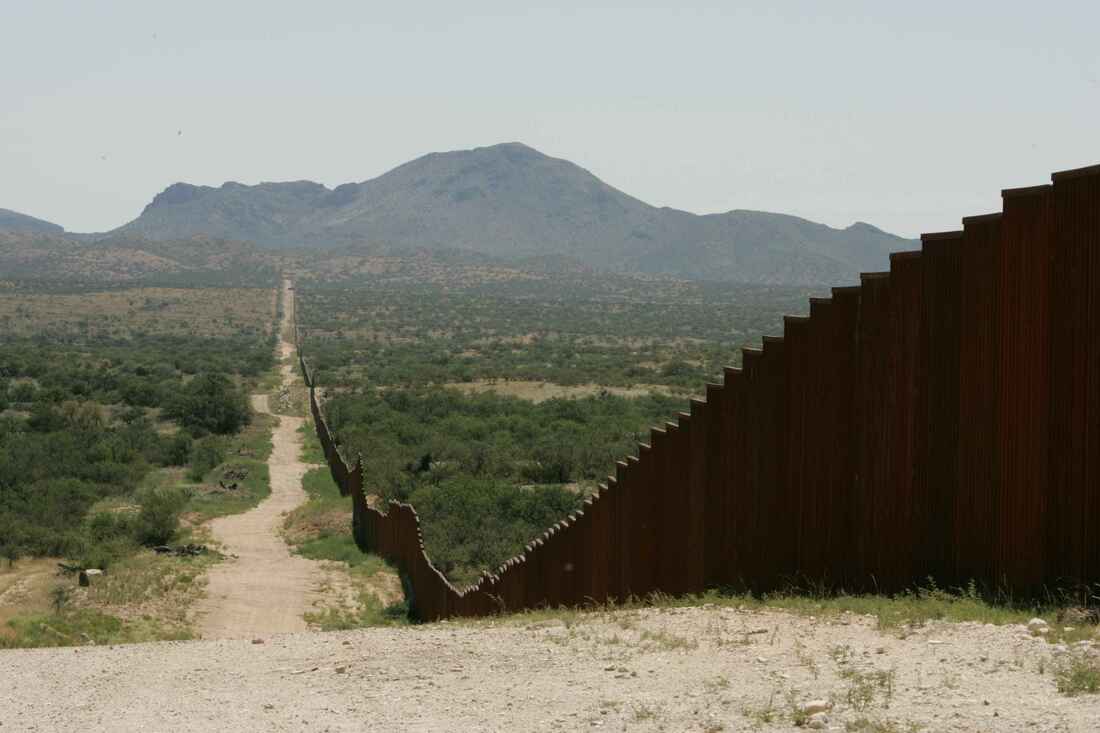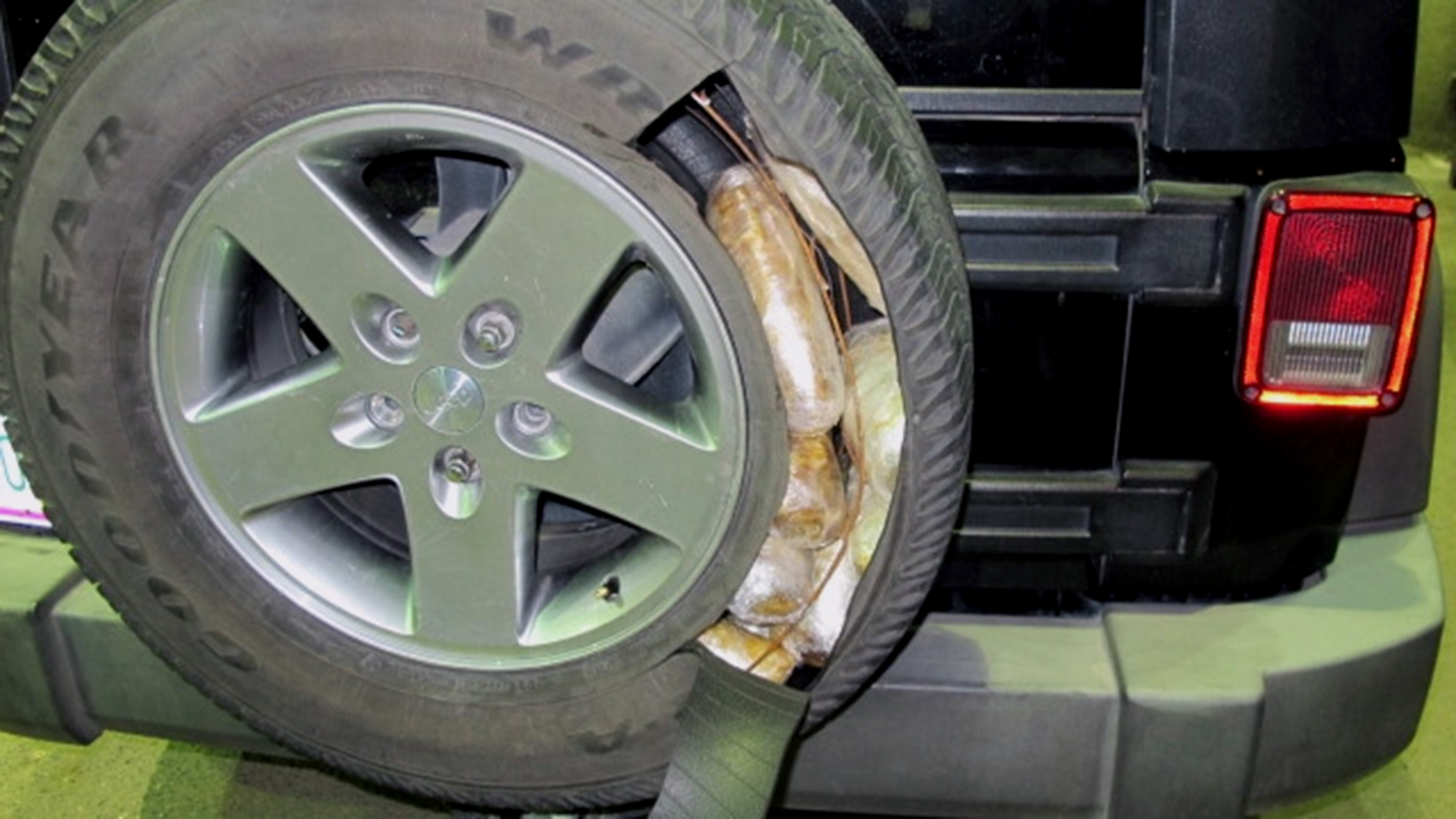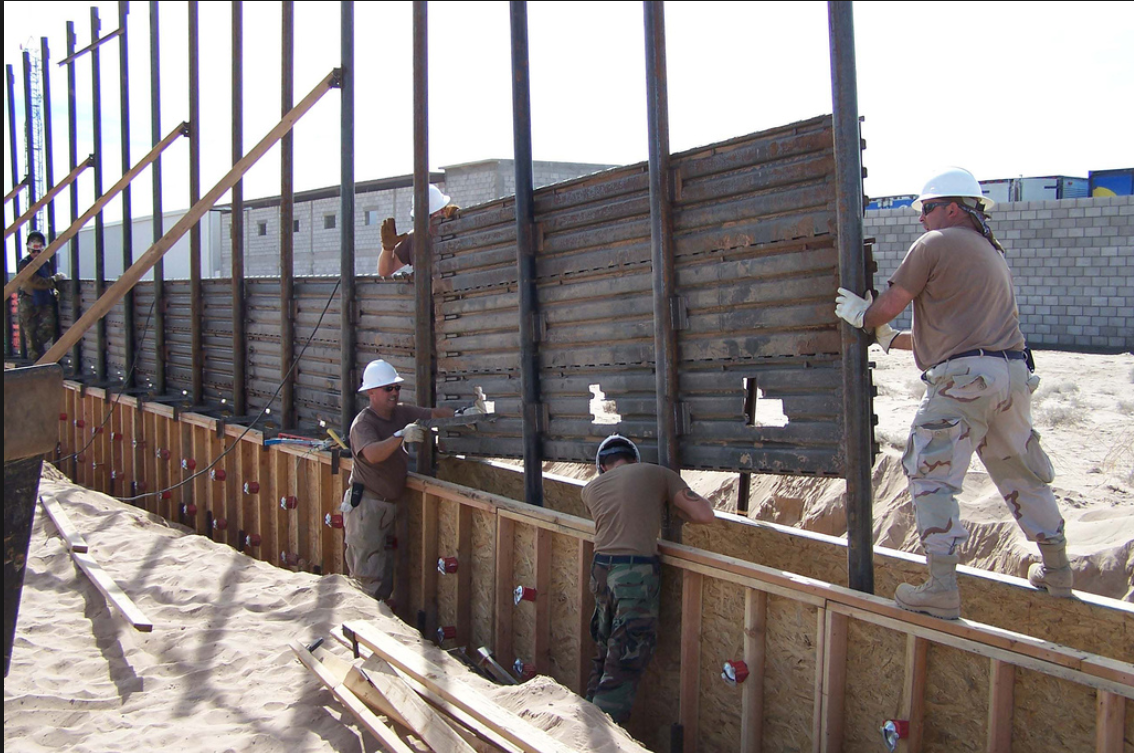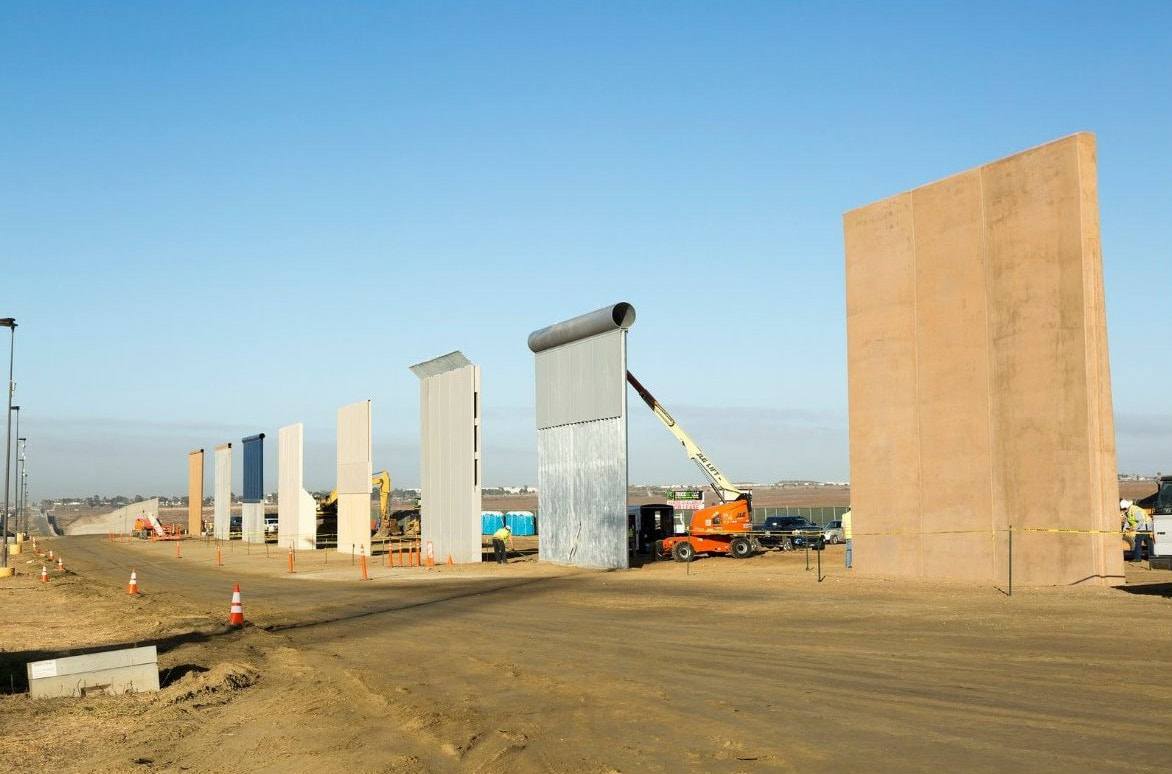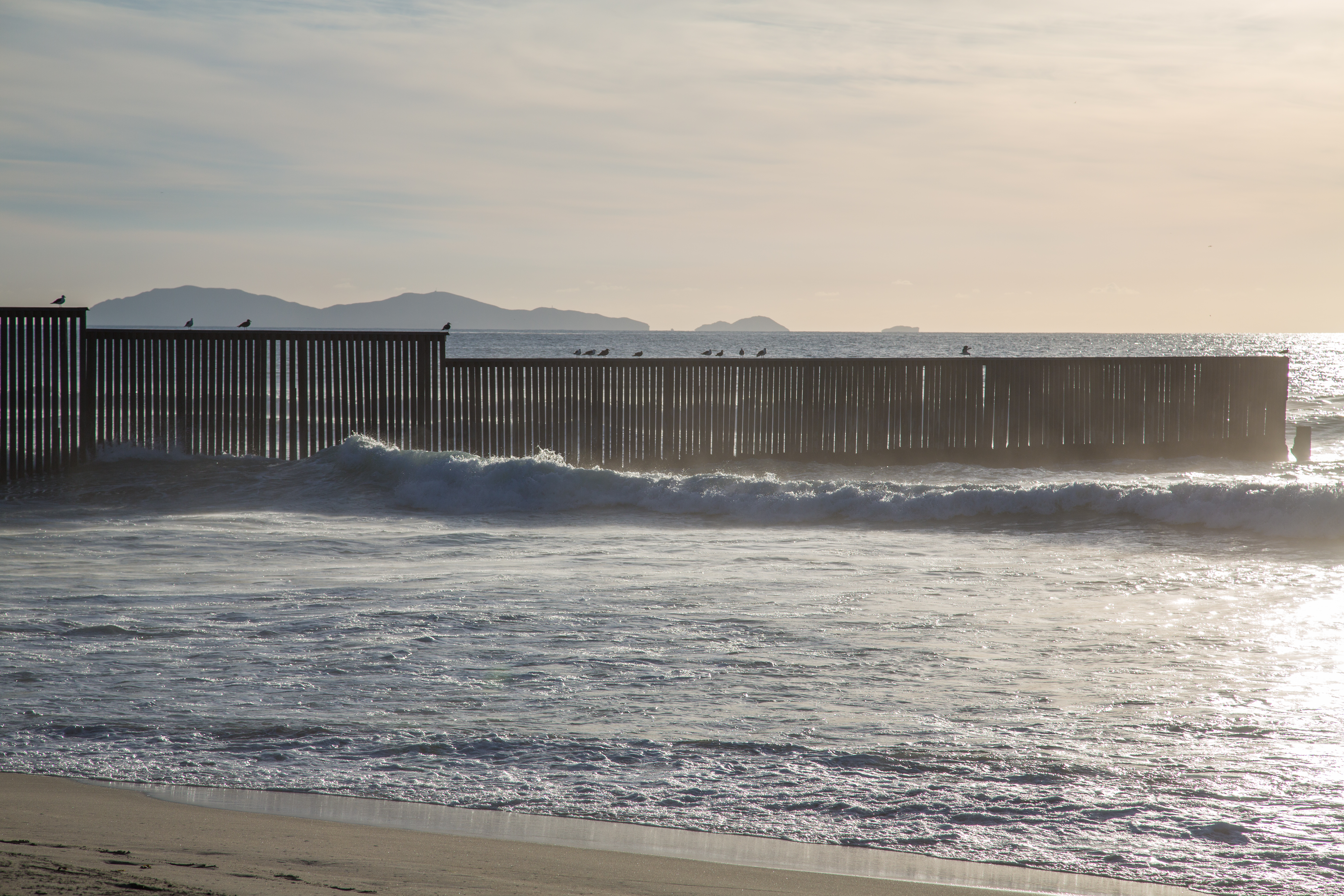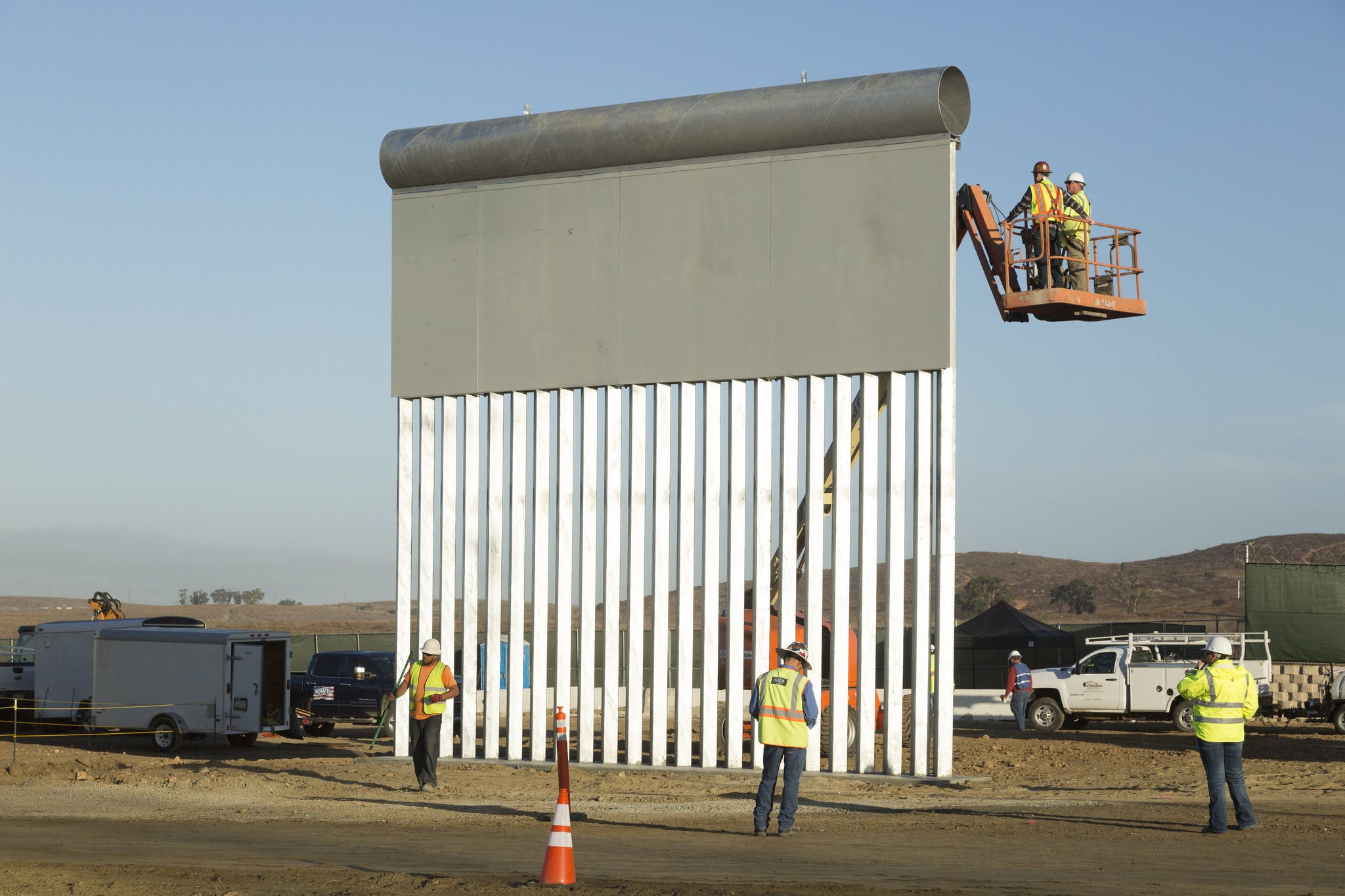U.S / Mexico Border
Statistics |
Word Research
This section contains words that were chosen based on the purpose, representation, and opinion of a wall; then, researched to connect their relevance to the US/Mexico border wall.
|
UNIFICATION
The purpose of the US/Mexican border wall is to divide both Mexico and the United States, separating their citizens, along with their shared border. With all the controversy attached to the wall, it has produced polar opposite views of dividing many people. Mexican citizens and those who oppose the wall are united through their fight of the wall that they deem unnecessary and not needed. Recently many people have been helping Mexican citizen through their struggles; from helping with food and water to assisting children to unify with there family once again after they were separated because of the wall. These unifying acts block the division the Wall is making between Mexico and America. |
|
ALIENATION
The border wall will not only affect Us & Mexican, citizens. The Tohono O'odham Nation is a native American tribe that stretches across the US & Mexico border. The creation of an entire border wall would divide the reservation in 2, splitting the tribe apart from one another. -Source |
|
DEAD
Sadly many people die while trying to cross the border wall. In 2017 alone 412 migrants died while attempting to cross the border. This number is more significant than 2016 with 398 migrant deaths. This paired with the mass amount of families and children separated shows light to the wall and all the flaws our border patrol has. |
|
LIFE
”A continuous border wall could disconnect more than 34% of US non-flying native terrestrial and freshwater animal species from the 50% or more of their range that lies south of the border “ According to the graphic presented in the source, a continuous border wall would divide six different ecoregions impeding on the natural migration of these animals. Overall, most species (except for avian species) would suffer. -source |
|
FEAR
Terrorism acts during the early 2000s put a spotlight upon national security which included the southern borders. With illegal immigration, drug trafficking, organized crime, and other existing problems with the nation happening at the border, the administrators included this on the war on terror. With everyone fearing another terrorist attack the Homeland Security received enough support to be put into action. This movement continued through 2006 when the first 700 miles of wall went up, and present day, where efforts for an improved wall are taking place. -source |
|
COMFORT
Although most of the American population does not support the wall, around a poll done by Harvard CAPS shows that about 44% of its participants support the border wall. This number is somewhat surprising; most people believe that barely anyone supports the finalizing the border wall. For some people, the border wall can show a sense of comfort against illegal immigrants. -source |
|
STRENGTH
The goal of the new wall is to be impenetrable. Prototypes have to go through the test of breaching, scaling, constructability, engineering design, and aesthetics. Some Americans believe the strength of our southern border is essential. The ability to control our southern border secures our idea of safety. The administration believes as a sovereign nation we can secure the border as seen appropriate. -source |
|
WEAKNESS
Most of the US border wall has not been completed, only around ⅓ of the border has physical obstructions placed. Most of the open areas consist of Native American reserves and the Rio Grande River. With plans from Trump to build more of the wall will cost upwards of 18 billion dollars. -source1 -source2 |
|
TRANSPARENCY/OBSCIRITY
Most (⅝) wall prototypes created for testing (8 total) were solid walls with no way of looking through. They spanned from concrete to metal sheeted walls and both slanted and dug into the ground to offer more protection. Only three out of the eight walls allowed any transparency through metal bars. The point of the bars is to let border patrol agents see the other side to help ensure border safety. -source |

